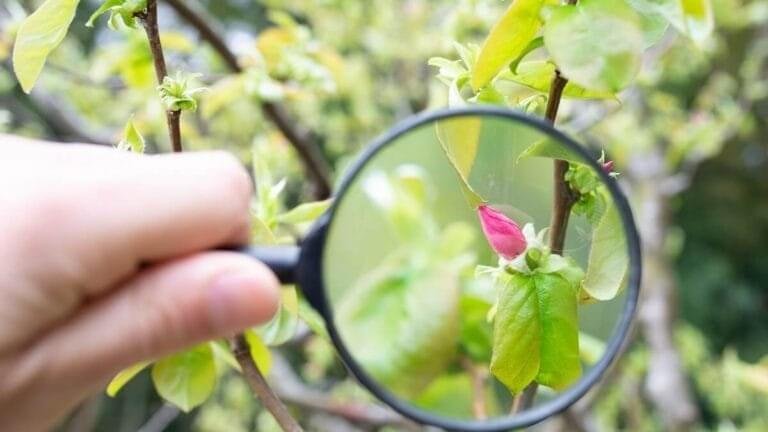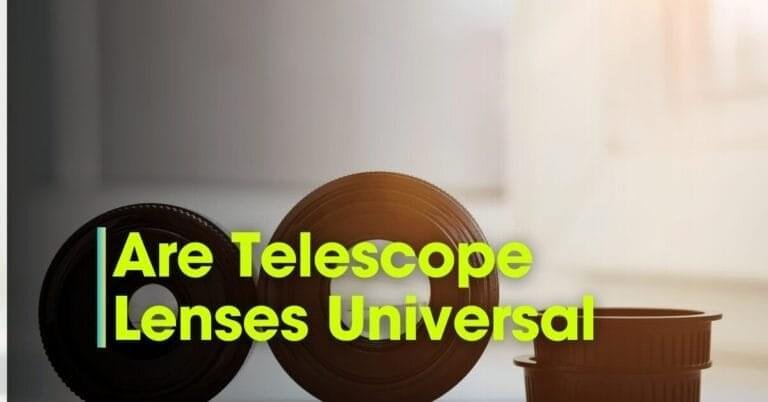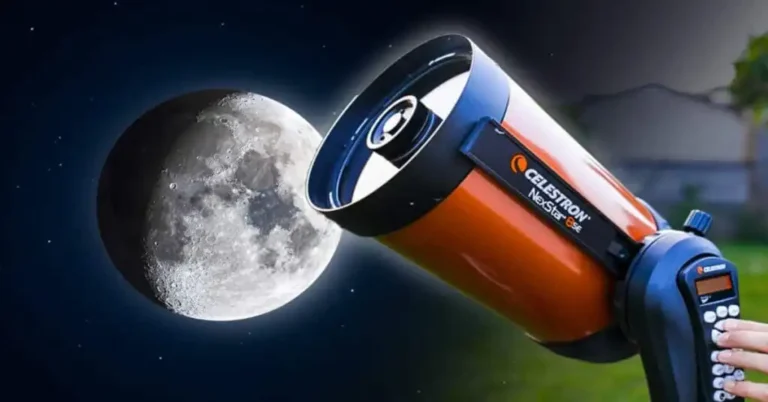Can a Telescope Be Used as a Microscope – Comprehensive Guide
Telescopes and microscopes are like the yin and yang of observational science. One allows us to gaze upon objects light-years away, while the other brings miniature worlds to life, worlds we’re far too big to see. It’s a common curiosity to wonder if these two devices, both experts at seeing into the unknown – just on different scales – could be somehow swapped. Can a telescope be turned to study the intricate world of the small with the same accuracy and clarity?
For the stargazers and science buffs willing to take a closer look (pun intended), we’re about to peer into this intersection between the macro and micro.
The Design Differences
Telescopes and microscopes are magnification marvels, using lenses to bend light and control focus, but they’re far from interchangeable.
Telescopes
A telescope’s design is a triumph of capturing light from celestial bodies far in the expanse of the sky. The objective lens, typically much more significant in diameter, gathers this light, and the eyepiece, or ocular lens, serves to magnify the captured image. Telescopes are not designed to view objects on a microscopic scale but to capture light and detail from great distances. The goal isn’t just to magnify but to collect faint light, which also shapes the optics they employ.
Microscopes
Conversely, microscopes are precision instruments that reveal the tiny details of our world. Their objective lens has a much shorter focal length than a telescope, and their eyepiece, or ocular lens, further magnifies the already-magnified image. Microscopes allow us to observe objects at an invisible scale to the naked eye, and they are optimized for resolving the intricate details of microscopic life.
The Limitations of Using a Telescope as a Microscope

It’s tempting to think you could turn a telescope towards a bug or a grain of sand and see the same level of detail a microscope would provide. However, the instruments’ designs are too different for such a transition.
Focal Length Mismatch
Many of the focal points would have to be different to use a telescope as a microscope, including the distance between the objective and eyepiece lenses. The telescope’s optical system is designed to work within a specific focal range, ideal for capturing and magnifying distantly lighted objects, not for objects at close range.
Resolution Issues
Even if you were to adjust the focal length, the resolution would pose another significant challenge. Telescopes are engineered to display large images of objects, focusing on clarity over fine detail. In contrast, microscopes must resolve tiny structures clearly, which involves much more than mere magnification; it’s about having suitable optics to maintain clarity at high magnification levels.
Could a Modified Telescope Work as a Microscope?
In theory, with some significant adjustments, modifying a telescope to display objects at a much closer range is possible. But the question remains: to what end? The telescope’s original function would be compromised, and the cost and effort might prove impractical when dedicated microscopes are readily available. For anyone serious about observing small objects, investing in a quality microscope would yield far better results.
Conclusion
The utility of telescopes and microscopes lies in their magnification capabilities and the engineering that tailors them to their specific purposes. While it may be fun to ponder telescope-microscope hybrids, it’s essential to recognize that these are specialized tools intended to reveal different aspects of the world.
But fear not, aspiring amateur scientists and stargazers; if magnification is what you seek, plenty of other devices can help. Magnifying lenses and loupes can provide a close-up view of the everyday world without requiring a complete overhaul of your stargazing apparatus. Perhaps someday, through the ingenuity of innovators or the happy accident of experimental science, a true telescope-microscope hybrid will come to light.
FAQs
Can I use a telescope to view microscopic organisms?
No, telescopes are not designed for viewing objects at a microscopic scale and would not be able to provide the necessary resolution or clarity.
Is it possible to modify a telescope to function as a microscope?
In theory, it is possible with significant adjustments, but it may not be practical or cost-effective compared to investing in a dedicated microscope.
What is the main difference between telescopes and microscopes?
Telescopes are designed to capture faint light from distant objects, while microscopes are optimized for magnifying and resolving the details of small objects. Their optical systems and focal lengths are specifically tailored for their respective purposes.
Are there any other devices that can provide magnification?
Yes, there are many handheld devices such as magnifying lenses and loupes that can provide a closer view of everyday objects. These are more practical options for viewing microscopic organisms than modifying a telescope.
Is there potential for a true telescope-microscope hybrid in the future?
Technology and innovation may lead to future devices, but for now, telescopes and microscopes have distinct roles. Invest in specialized equipment for exploring the universe and microorganisms. Maybe one day, we’ll have combined tools. Enjoy stargazing and microscopy! Stay curious, explore with lenses, and uncover endless possibilities.







